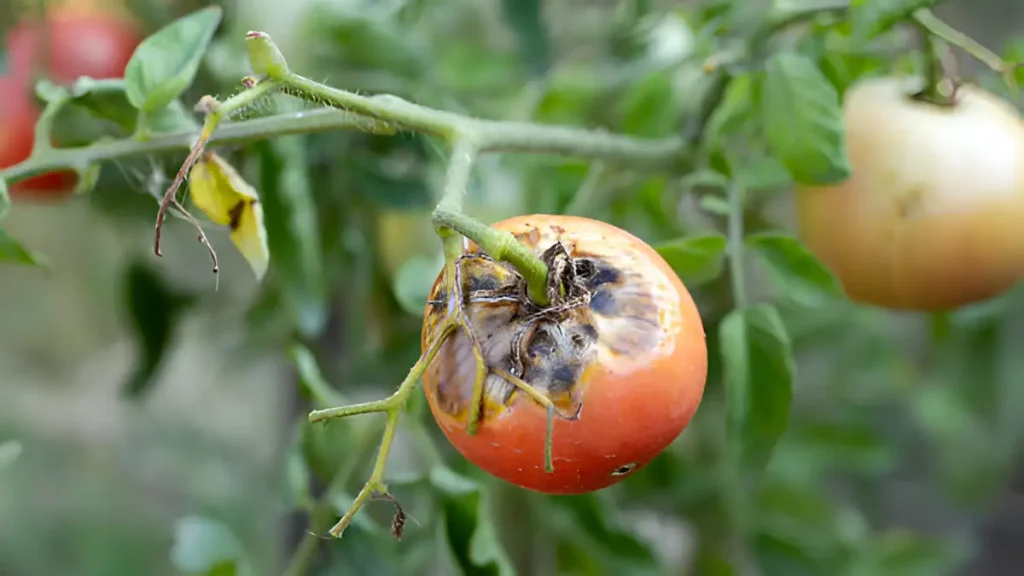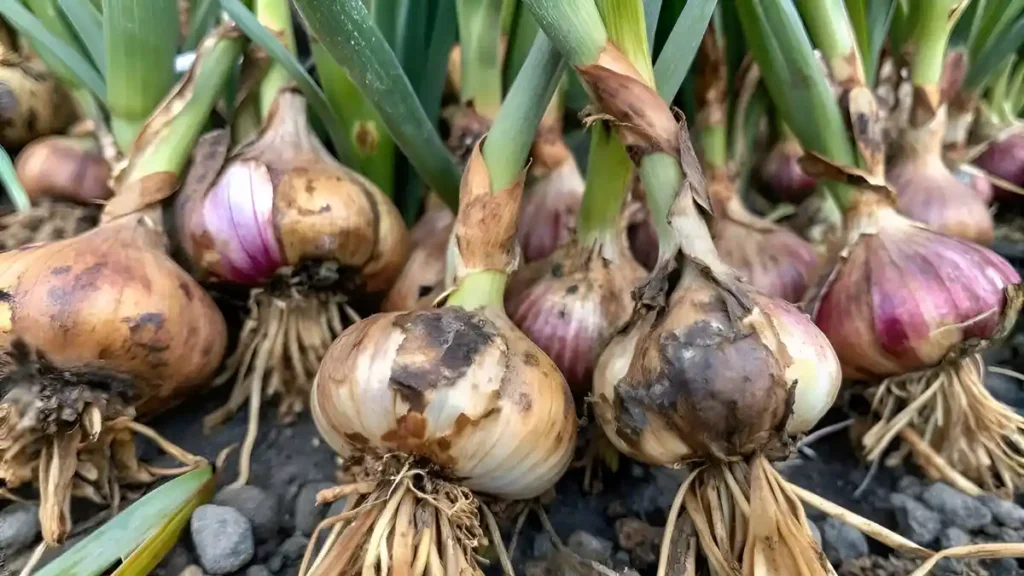A group of bacteria known as soft rot bacteria are responsible for the common plant disease known as soft rot; these bacteria mostly infect fruits, vegetables, and ornamental plants. These viruses spread easily by water, insects, or infected objects. This can result in large-scale agricultural losses, so both farmers and gardeners should be concerned about the damage it causes. They do best in warm, humid conditions. Quickly avoid soft rot disease by following this guide.
Soft rot disease symptoms:
A variety of crops, including vegetables like potatoes, carrots, and cucumbers, are susceptible to the bacterial plant disease known as soft rot. These are the common signs and symptoms of soft rot.
Soft rot disease in plants:
- Plants lose their structural integrity as a result of soft rot bacteria breaking down the pectate molecules that keep plant cells connected. Wet, squishy patches on the plant tissue are frequently the initial symptom. In time, these areas grow larger, becoming softer and more hollow.
- The pigmented discoloration under the spots can range from cream to black, causing the inside tissues to become mushy. The bacteria frequently produce odors during the breakdown of plant tissue. The afflicted tissue may collapse readily when touched because it becomes mushy and soft.
- Certain types of extreme weather, such as hail and insects, as well as natural openings, might allow these bacteria to get inside plants. The disease spreads quickly in damp environments, causing significant harm quickly. If the infection is serious enough, you could occasionally see a moist discharge coming from the affected area.

Preventing bacterial soft rot:
A combination of cultural customs, good hygiene, and occasionally chemical restrictions are needed to prevent this disease. These are some essential tactics.
Treatment for bacterial soft rot disease:
- In addition to avoiding overwatering and making sure your soil drains properly, choose cultivars that are resistant to bacteria. Don’t plant vulnerable crops in the same spot every year. A lot of soft rot infections can be avoided with these easy steps.
- To stop the spread of bacteria, remove any plants exhibiting soft rot right away and frequently clean the garden. In warm, humid environments, bacterial soft rot flourishes. It is possible to stop outbreaks by controlling greenhouse or field conditions to minimize too much heat and moisture.
- To promote enough air circulation and lower the humidity surrounding plants, plant spacing should be observed. Working with clean equipment is a must. Harvest crops gently to avoid damage that could become entry points for bacteria.
- Always inspect plants for early indications of soft rot so that, if it occurs, you can intervene quickly. Bactericides may be utilized in some situations, but they must be used following the label. Maintaining appropriate greenhouse protocols is crucial in preventing soft rot bacteria and other illnesses associated with moisture.
- When weeding and harvesting, take care not to damage the vegetables. Decontaminate garden equipment before and after use by treating them with 10% bleach for at least 30 seconds, or better yet, 70% alcohol, if you want to get rid of dangerous plants from the garden. Constant cleaning and sterilizing will lessen illnesses and stop the spread of bacteria.
Conclusion:
In conclusion, the degradation of plant tissues, including fruits, vegetables, and tubers, is predominantly caused by a group of diseases known as soft rot disease. Warm, humid weather encourages the growth and spread of bacteria, making soft rot illnesses particularly difficult. Reducing the spread of these bacteria requires the implementation of control measures such as appropriate sanitation and the use of resistant plant cultivars.
Certainly! If you’d like to learn more, please consider following our WhatsApp Channel: Harvest Gardening
A frequently asked questions:
Q1. What is bacterial soft rot?
A1. Succulent plant components, including fruit, stems, and bulbs, are harmed by soft rot bacteria. The chemicals that hold plant cells together are harmed, which eventually leads to the plants falling apart.
Q2. How to remove from bacterial soft rot jade plant?
A2. To stop the illness from spreading, remove and dispose of the afflicted plant parts right away. Maintain adequate drainage, refrain from overwatering, and locate the plant in an area with enough ventilation.
Q3. How to Remove bacterial soft rot from carrots?
A3. Carrots can be kept in a dry, cold environment and cleaned thoroughly to help prevent bacterial soft rot. The first step in preventing the disease from spreading is to remove and destroy any infected carrots with care.
Q4. What kills soft rot bacteria instantly?
A4. Applying high heat directly to the infected region or using a bactericide specifically made for the bacteria are two quick ways to eliminate soft rot germs.
Q5. What are the symptoms of potato soft rot disease?
A5. A soft, mushy texture, a wet appearance, and an unpleasant smell are some of the symptoms. Usually, the rot begins where the potato has natural apertures or wounds.



